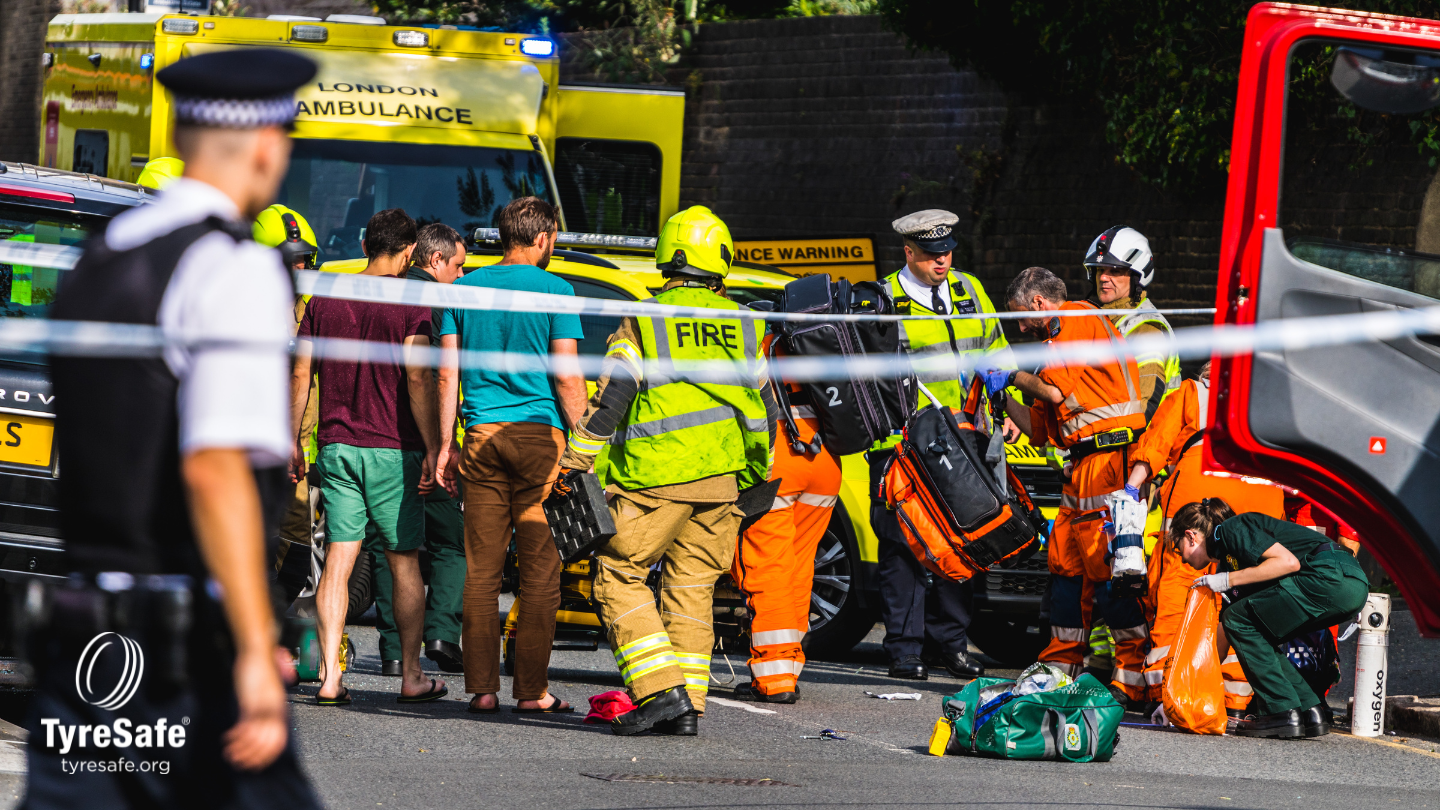Hand car wash teams have mushroomed dramatically in the UK in the past few years. Estimates suggest that there are between 5,000 to 10,000 two or three man teams up and down the country offering this service to motorists. However, TyreSafe – formerly the Tyre Industry Council, the UK’s leading tyre safety organisation – has issued a warning of a potential safety risk involving the equipment used by these groups that could lead to potential tyre failure.
There is growing evidence that pressure washers used by hand car wash providers can cause tyre damage unknown to most motorists and that they could be putting there own lives and that of their passengers and other road users at risk.
Heavy-duty pressure washer machines are capable of dispensing water at extremely high pressure and if aimed directly at the tyre, the jet can cause sidewall damage and degradation particularly if the water is heated or if the pressurised water is applied for an extended period.
According to a recent survey by TyreSafe, it was revealed that over 80% of drivers were unaware of the impact that pressure washing can have on their tyres and the danger posed.
In fact, German safety group DEKRA has discovered that if a washer nozzle is held close to a tyre at very high pressure, serious damage can occur in just five seconds! Even tyres that appear normal after being subjected to a pressure washer may have microscopic perforations, which can weaken the sidewall and cause a possiblesudden rapid deflation.
Other contributory factors to sidewall damage are the width of the water jet and the strength of any soaps or detergents used. Strong soap can remove protective chemicals that are embedded in the sidewall – usually resulting in the visual indication of brown watermarks – which can result in a significant reduction in durability.
For worry-free washing, TyreSafe has the following tips for motorists:
– Ideally, a light-to-medium duty pressure washer should be used (110 bar or less)
– The washer jet nozzle should be kept at least 20 cm from the tyre surface
– Always use a fan nozzle to clean tyres, rather than a circular nozzle
– Prevent prolonged exposure to a specific area of the tyre
– Avoid aiming the water jet directly at the join between the tyre and the wheel rim.


